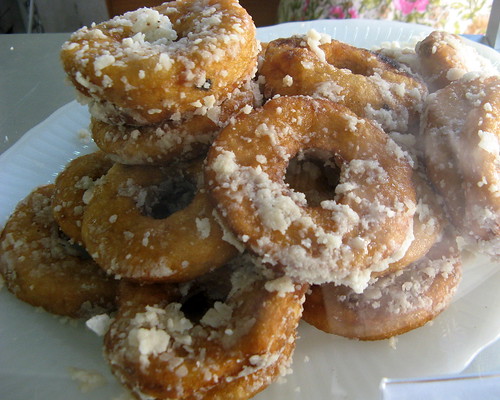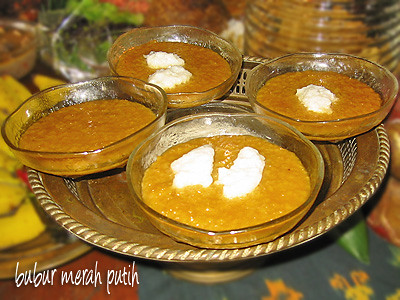



" A town in Canton is now on trend taking baby herbal soup to increase health and sexual performance/stamina. The cost in China currency = approx $4000. A factory manager was interviewed and he testified that it is effective because he is a frequent customer. It is a delicacy whereby expensive herbs are added to boil the baby with chicken meat for 8 hours boiling/steaming.
He pointed to his second wife next to him, who is 19 (he is 62), and testified that they have sex everyday. After waiting for a couple of weeks, he took this reporter to the restaurant when he was informed by restaurant Manager that the spare rib soup (local code for baby soup) was now available.
This time, it was a couple who have 2 daughters and this 3rd one was confirmed to be a daughter again. So the couple aborted the baby which was 5 months old. Those babies
close to be born and die naturally costs 2000 in China currency. Those aborted ones cost
a few hundreds in China Currency. Those couples who did not want to sell dead babies,
placentas can be accepted also for couple of hundreds.
The reporter making comment that is this the problem arise from Chinese being taking too much attention in health or is the backfire when China introduced one child in a family policy (since majority prefers to have male babies and those poorer families
need ended up selling their female babies..)
Dear all,
This is so gross but at least we all know what is happening in this world. Please pass on to whom you know loves exotic food or going to China . This is so sick!! "


















